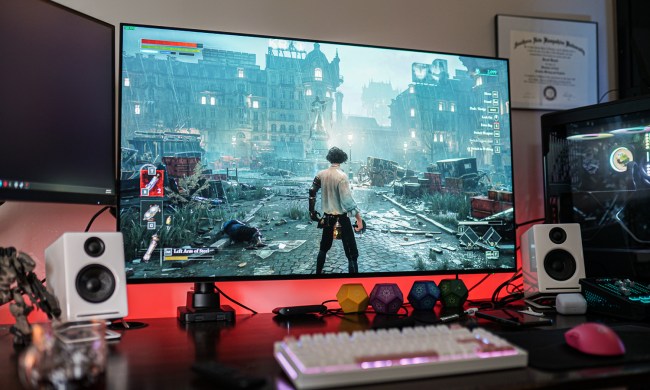Nvidia’s latest GeForce 566.03 WHQL driver update was released two days ago, and the company has now acknowledged a peculiar issue. According to a report by Overclock3D, users of Corsair’s iCUE software and Bluestacks, may face “higher than normal CPU usage” and are advised not to update to the latest graphics driver update.
Corsair’s iCUE software integrates the company’s compatible hardware into a single interface, enabling users to control RGB lighting, adjust fan speeds, create macros, and monitor system performance. Bluestacks, on the other hand, is an Android emulator for Windows, primarily used for gaming and app development.
While it is strange that a GPU driver is causing high CPU usage, the performance drop shouldn’t be noticeable considering how fast modern CPUs are.
Corsair has also noticed the issue and advises users to roll back their GeForce drivers to version 561.09, at least until Nvidia comes up with a solution.
For NVIDIA users – As a temporary workaround, try rolling back your NVIDIA Drivers to 561.09 while this issue is being investigated. https://t.co/ku94w7z8Wd
— CORSAIR (@CORSAIR) October 23, 2024
You can roll back Nvidia’s GeForce drivers by going through Device Manager, which is the quickest way to revert to an older driver. Start by opening Device Manager and expanding the Display adapters section. Right-click on your Nvidia GPU and select Properties, then navigate to the Driver tab. From there, click the Roll Back Driver button. This option is only available if you’ve installed a newer driver recently, and it will restore the previous version of the driver that worked without issues.
Another method for rolling back Nvidia drivers is by manually downloading and installing a previous driver, but it’s often recommended to use a tool like Display Driver Uninstaller (DDU) for a clean and thorough removal of the problematic driver. First, download DDU from a trusted source, and run it in Safe Mode to completely remove all traces of the current driver from your system. This ensures that any residual files or settings from the faulty driver are eliminated, preventing conflicts with the older driver you want to install.
After using DDU, visit the Nvidia driver archive to download an older driver version that worked well for your system. When running the installation, select the Custom (Advanced) option and check Clean Installation to ensure no remnants of the previous driver remain.





